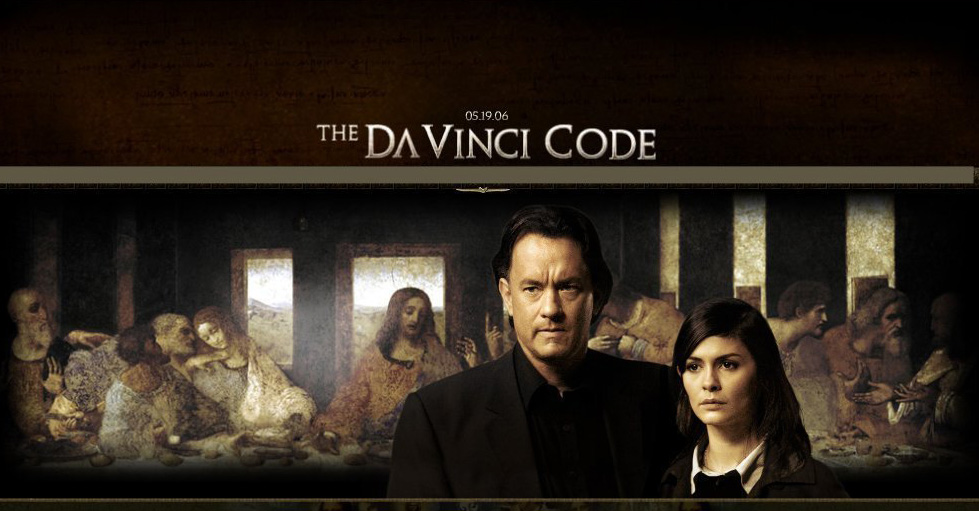Nebbiolo and the Allure of Barolo
No grape in Italy excites as much passion as nebbiolo. Its siren song has lured enophiles to the mountain ridges of Piedmont ever since Roman times. After conquering France, Julius Caesar himself made a detour to nebbiolo’s birthplace specifically to taste this complex red wine, coveted even then.
Today, the grape’s fame rests on the towering shoulders of Barolo, a wine made entirely from nebbiolo but named after its town of origin. Credit for the invention of Barolo goes to a woman: Guilietta Colbert, a Parisian aristocrat who frequented the salons of Napoleon. There she fell in love with Carlo Tancredi Falletti, an Italian marquis. The two moved to Turin, but summered in his family castle in Barolo. When Tancredi died of cholera at age 53, Guilia assumed management of the estate and its vast vineyards, and quickly set about changing the wine. Being French, her taste ran towards robust, aged reds. What she got locally were young, semi-sweet, sometimes frizzante nebbiolos then in vogue.
The Alps loom in the distance, seen from La Morra, Barolo's highest commune.
She turned to her friend Count Camillo Benso for help. This well-traveled politician and Francophile was trying to reproduce Burgundy wine at home in Piedmont, bringing back from France not only pinot noir cuttings, but also a French winemaker, Louis Oudart. Giulia borrowed the enologist, but set him to work on her native nebbiolo. The result, dubbed Barolo, was a smashing success.
Barolo’s first devotee was the King of Piedmont, Carlo Alberto. He was so enamored of this new wine that he not only served it at diplomatic dinners in place of the customary French imports, but bought the Castle of Verduno and its vineyards to make his own supply. Barolo soon gained the epithet “the king of wines and wine of kings.”
Barolo’s allure continues today, and its fans are no less devoted. Any visitor can see that nebbiolo is Piedmont’s pampered thoroughbred. Amidst the rolling Langhe hills, which rise and fall like giant ocean swells, nebbiolo vines blanket the choicest pieces of land. It’s a finicky grape, slow to ripen, so winemakers offer up their sunniest southern slopes and warmest, bowl-like amphitheaters to coax the grape to maturity by October, when the autumn mists, or nebbia, roll in.
Nebbiolo gives what it gets. Soil, sun, exposition, elevation, and weather are reflected in each bottle. These subtle, endless variations are what fascinate nebbiolo fans. “We don’t make Coca-Cola wines,” declares Giacomo Conterno, fifth-generation winemaker at Aldo Conterno, a revered classicist among Barolo producers. “A bottle is like a picture of that vintage,” he explains. “Every bottle has to give this identify, versus killing it with sameness, with vanilla from French oak barrels. It’s like a picture that talks to you.”
Nebbiolo is expressive like few other grapes. Only pinot noir and perhaps sangiovese show the same sensitivity to site. That’s why terroir is such a buzzword among nebbiolo disciples, and why the names of Barolo’s 11 communes, or counties, are loaded with meaning. Barolo from La Morra suggests one thing (perfumed, elegant, feminine), while that from Monforte implies another (tannic, long-lived, masculine). After mastering the communes, diligent students of nebbiolo next plunge into individual cru, or historic vineyards. Place-names like Cannubi, Brunate, and Vigna Rionda contain important clues: a vein of magnesium here, sandy soil there, a sunny hilltop where snow first melts in the spring. The differences are felt in the glass.
The mark of a good nebbiolo is not its weight on the palette—this is not a heavy wine—but its evanescent perfumes. A bouquet of roses or violets is typical, with notes of dried red fruit, anise, and spice. As its ages, earthy scents of tobacco, tar, or leather emerge. Find a good bottle and its perfumes tantalize, constantly changing in the glass. This is nebbiolo’s magic, its siren song, luring you back for yet another sip to chase the will-o’-the-wisp flavors. Meanwhile, its austere power comes from strong tannins, which grip when young but mature into a supple texture that lets the wine evolve for decades.
Barbaresco, Barolo & Langhe Nebbiolo: three faces of Piedmont's most regal grape.
Although Barolo and Barbaresco reign supreme, they aren’t the only options for nebbiolo. Other possibilities fall outside the DOCG regulations: these might age in stainless steel instead of wood, grow outside designated zones, or come from young vines. Happily, most sport a significantly lower price tag. Langhe Nebbiolo, for instance, is a lovely young version, while Roero, Gattinara, and Ghemme are excellent variations bottled under those geographic names. Ask your wine merchant for suggestions, then enjoy the bliss of Piedmont’s noblest grape. And welcome to the club.
A NEBBIOLO SAMPLER
Classic Barolo: Aldo Conterno, Barolo Bussia Soprana ($69)
Modern Barolo: Marchesi di Barolo, Barolo Estate Vineyard ($45)
Barbaresco: Marchesi di Gresy, Barbaresco Martinenga ($43)
Langhe Nebbiolo: Produttori del Barbersco, Langhe Nebbiolo ($17)
Roero: Matteo Correggia, Roero Nebbiolo ($16)
Published in the Winter 2007 issue of Tastes of Italia magazine.
###
Psst: Want to visit Piedmont? Check out the Piedmont itineraries offered by my wine-tour company, La Dolce Vita Wine Tours.








